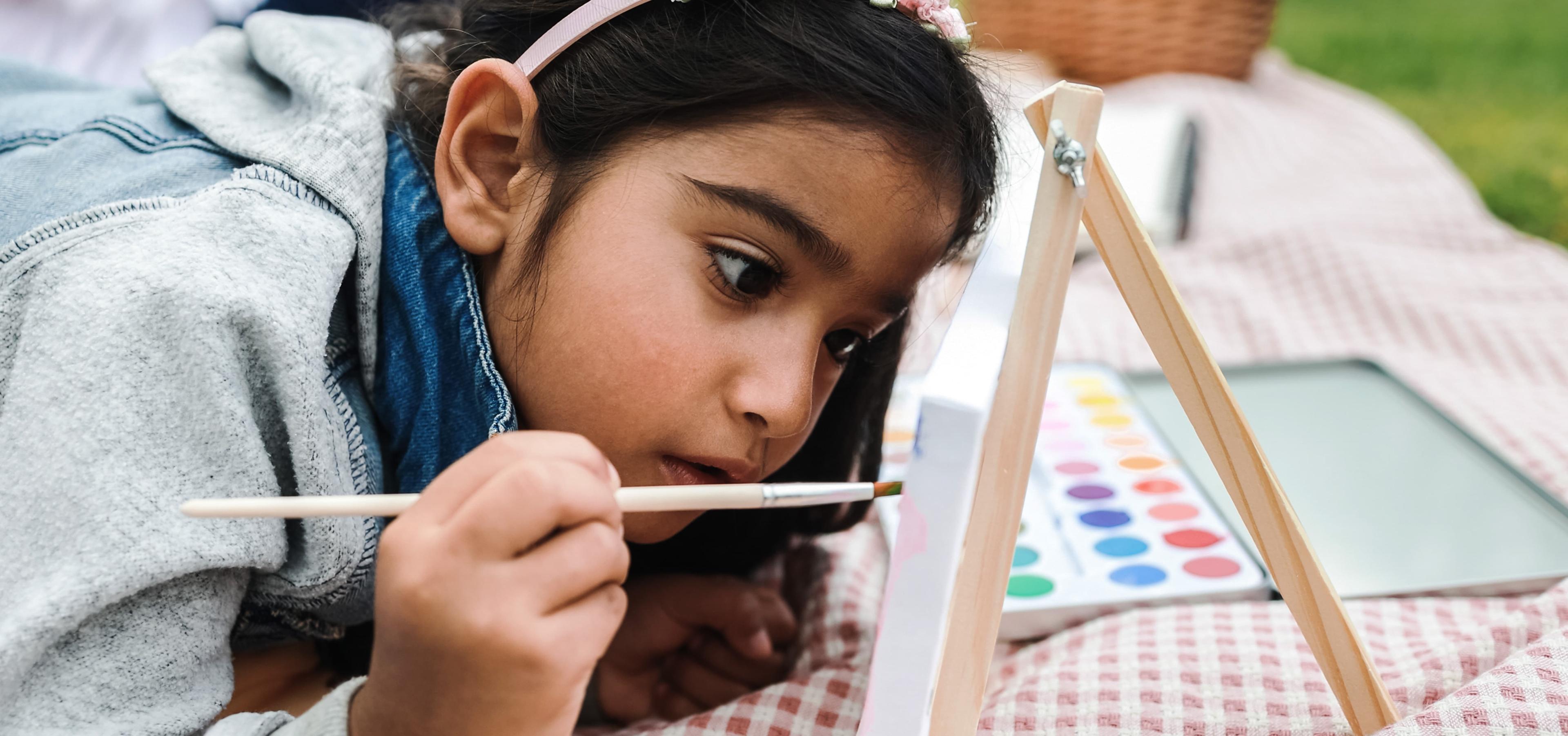Art education is an essential part of any child's development. It helps develop a child's creativity, imagination, and critical thinking skills. Montessori schools, with their child-centred approach to education, place a strong emphasis on art education.
Art Education in Montessori Schools
Montessori schools believe that children learn best through hands-on experience. Art education in Montessori schools, therefore, involves a lot of practical activities. Children are given the freedom to explore their creativity through a range of art activities, such as painting, drawing, sculpting, and collage-making. Montessori schools also encourage children to work with a variety of materials, such as clay, paper, wood, and fabric, to create different textures, shapes, and forms.

Advantages of teaching art
Develops observation skills
In art education, this means encouraging children to observe the world around them and to draw inspiration from it. Montessori schools teach children to look closely at the colours, shapes, and patterns in nature and to use these as a starting point for their artwork. They also encourage children to observe the work of other artists, both contemporary and historical, and to learn from their techniques and styles.
Emphasis on process over product
Montessori schools believe that the process of creating art is more important than the finished product. Therefore, children are given the freedom to experiment with different materials and techniques, without the pressure of producing a perfect final product. This approach helps children develop their creativity and self-expression.
Importance of integrating art with other subjects
Art is not taught in isolation but is integrated into other areas of the curriculum, such as science, history, and literature. For example, children may create artwork inspired by a particular historical period or scientific concept.
In summary, Montessori schools teach art through practical, hands-on activities that encourage children to explore their creativity and develop their observation skills. This provide children with a well-rounded art education that helps them develop their imagination, critical thinking skills, and self-expression

